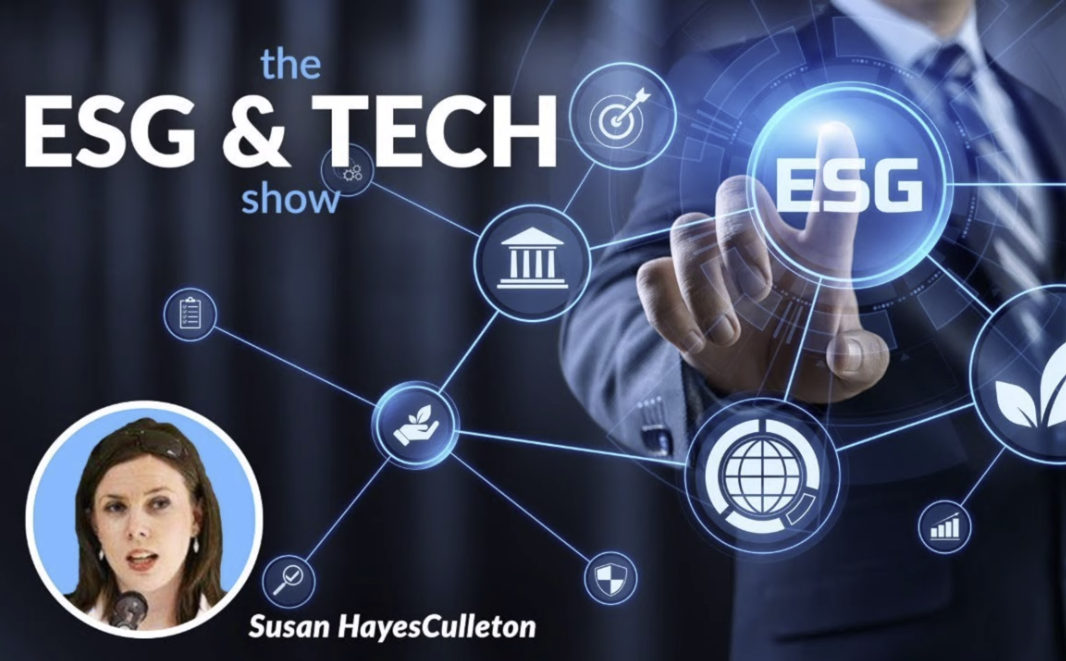Five trends arising from generational differences with ESG & Tech
In the latest episode of the ESG & Tech show, I took the audience through five trends, as I see them, arising from generational differences with ESG & Tech. People tuned in from all over the world ranging from Western Canada to Australia for the show and this and subsequent articles contain a summary of what we talked about.
Low code platforms
According to a recent Forbes piece, Generation Z wants “new-school technology that keeps them as connected, efficient, and productive as possible” and the proliferation of low-code and no-code platforms is truly enabling them to “the power to automate away the most tedious parts of their day”.
I’m a big fan of this type of technology. VectorVest was built with this idea in mind LONG before its time. For example, I can build my Watchlist, customize my portfolio and program my Unisearch using “point and click”. In essence, VectorVest allows the personalization of the product at an unlimited, global scale.
Niall Fitzmaurice from Microsoft noted that 65% of development in 2020 was using low code and Gartner predicts 80% of tech products and services will be built by people who are not technology professionals. Previous generations didn’t have this type of customizable (at scale) technology. Business models focused on buying lifelong licenses i.e. Microsoft’s Windows versus its modern Power Platform. Development was expensive, relied on traditional waterfall project management, and couldn’t react quickly to user’s beta tests along the way.
We looked at the graphs of some stocks in this area. Appian, Salesforce, and Microsoft immediately sprung to mind. However, due to the cool reception that tech stocks have been receiving since the beginning of the year, we needed to determine whether these companies needed to be left at the sidelines or in our shopping basket (particularly when we get a Confirmed Call Up). We examined the RV and RS to help answer this. Relative Value is VectorVest’s long-term price appreciation potential indicator and Relative Safety examines consistency and predictability of financial performance. If we found that these stocks had an RV and RS above 1, (i.e. both favorable), we looked further. Through taking this approach, it became very easy to see that Microsoft offered much more potential and stability than Appian. Interestingly, during my research for this theme, I couldn’t find easily discernable European stocks but lots of startups soaking up swathes of private equity money. Watch this space!








Leave A Comment